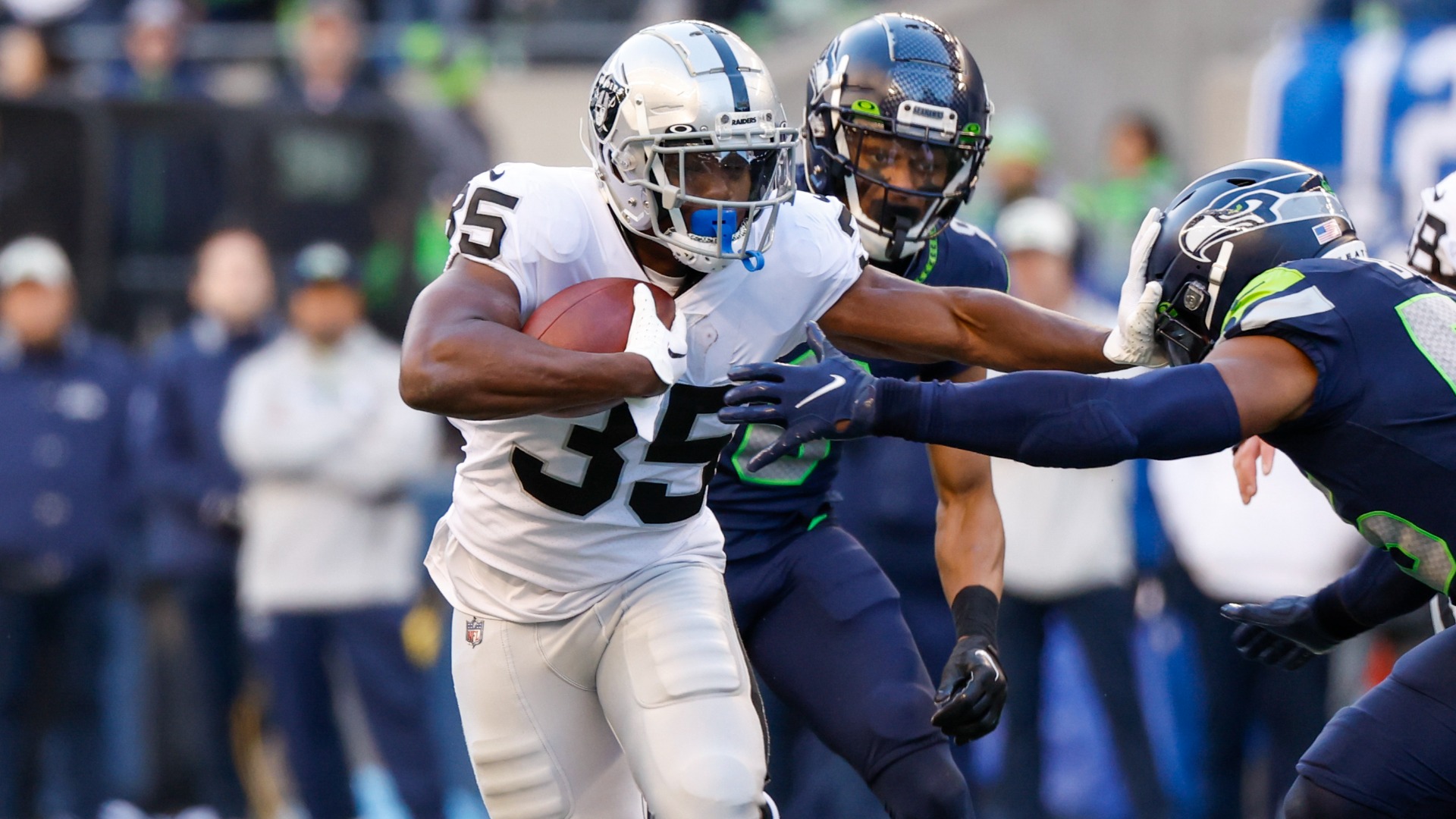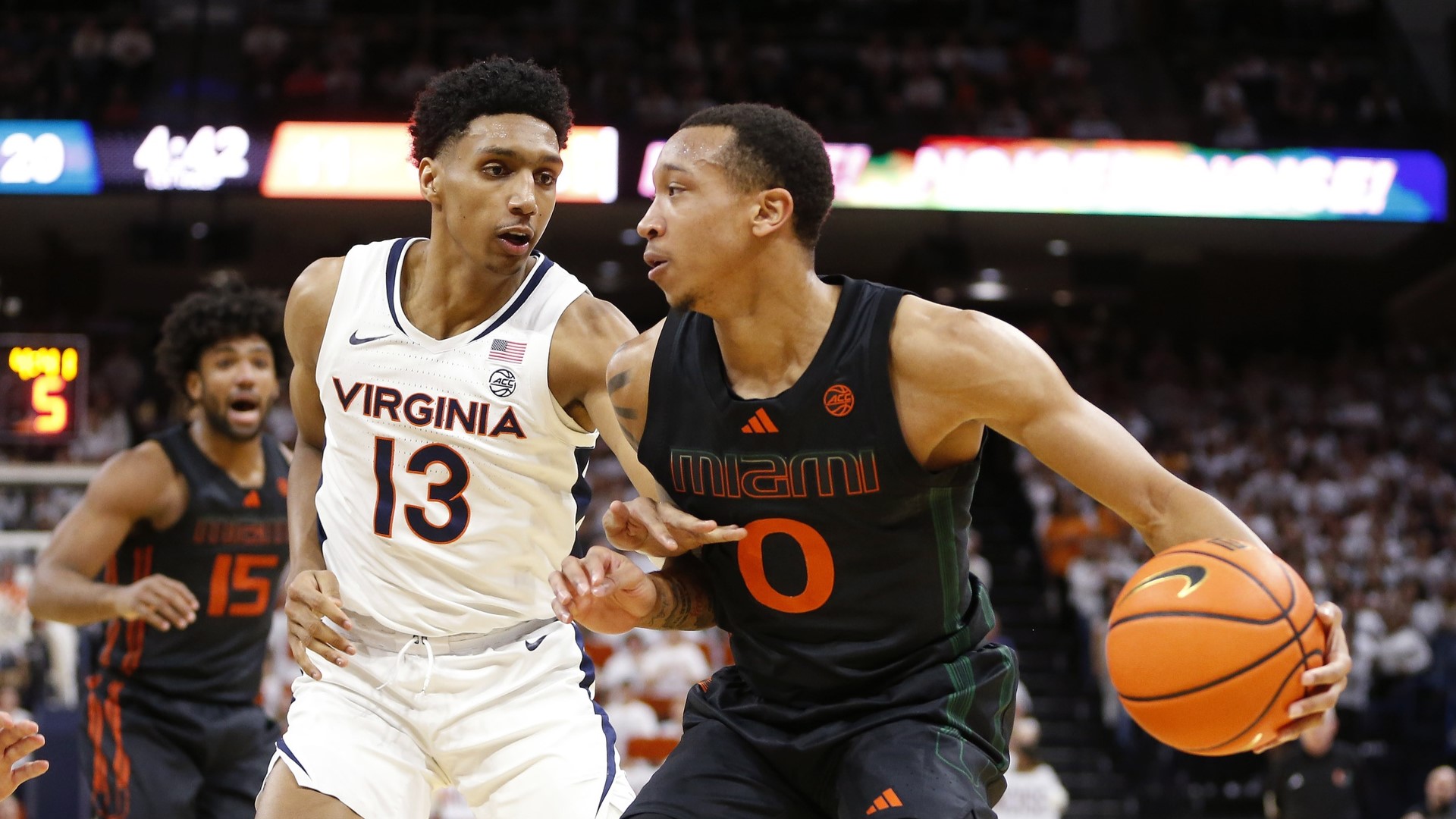Earlier this week, we learned about four potential rule changes in the world of college football intended to shorten the length of games, which have gotten increasingly longer. Player safety is one impetus, and we won’t doubt that motivation, but I’m sure pleasing TV partners also plays a role.
Let’s look at the proposed rule changes and give our thumbs up or thumbs down ruling.
(1) Teams Cannot Call Consecutive Timeouts
Call this the “icing the kicker” rule. But if we’re talking about player safety or the length of a game, this hardly moves the needle, if at all (in the case of safety). It has me wondering if there is a kicker’s lobby at work here.
I don’t love when coaches use multiple timeouts to ice a kicker. It’s tedious as a viewer. But I can survive. What if a legitimate scenario comes up that requires the use of consecutive timeouts?
I’m not pounding the table against this rule change, but I’m also not in favor of it.
Ruling: Thumbs Down
(2) No Untimed Downs at the End of 1st/3rd Quarters
Really? How many “extra plays” happen because of an untimed down (due to a defensive penalty) at the end of the first and third quarters? A team could go multiple seasons without this occurrence. To whoever suggested this…why are you wasting my time? How ironic.
There will still be untimed downs at the end of the second and fourth quarters, so ultimately, who cares either way?
Ruling: Thumbs Down
(3) Clock Will Run After a First Down (With an Exception)
One of the most significant differences between the NFL and college football is that the clock stops after a team converts a first down (until the chains are moved and the ball is spotted) in the college game.
The proposal is to eliminate these extra stoppages, reducing seven to eight plays per game. The exception would be inside of two minutes in a half. Some argue this would drastically change the game of college football as we know it. Here is where I’ll push back.
You only notice this rule at the end of the first half and the end of the game. That’s a fact.
As for changing the game, folks, the game has already drastically changed. The National Champion in 1985 was the Oklahoma Sooners, led by freshman quarterback Jamelle Holieway, who attempted 58 passes in eight starts, with 251 passes in four seasons (34 games).
As a team, OU attempted 110 passes that season. In 2022, that would rank 129th in college football, behind Navy and ahead of Army and Air Force. Eight quarterbacks threw 400-plus passes in 1985, compared to 25 in 2022. Twenty-four had 300-plus attempts in 1985; it was 72 last season.
Once upon a time, this rule served (unintentionally) to allow run-dominant college football to have more plays, close to the NFL. The way the game is played today – both in style and tempo – college football far exceeds the pros in plays and length, so if we’re really trying to shorten the game for safety and time, this is the only rule that needs to be changed.
Ruling: Thumbs Up
(4) A Running Clock After Incompletions
If I were doing this Roman emperor style, I’d give a thumbs up and death to whoever suggested this doozy. Sorry, Gladiator fans, the scene when Commodus gave Maximus a thumbs down was historically inaccurate.
This would alter the college game as we know it, eliminating about 17-18 plays per contest, significantly negatively impacting scoring. It’s such an absurd suggestion that it feels like a Trojan Horse to sneak in the previous rule changes proposed.
Ruling: Thumbs Down



